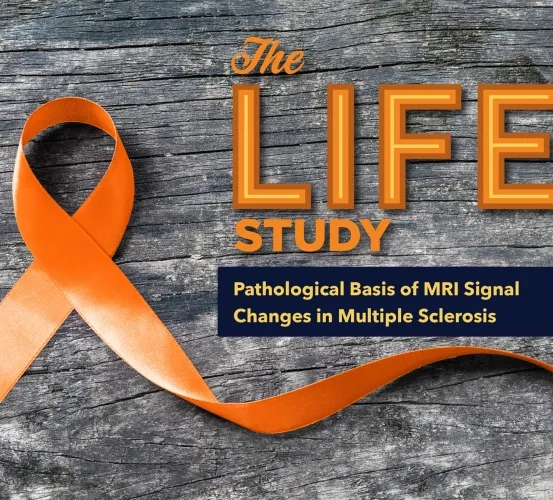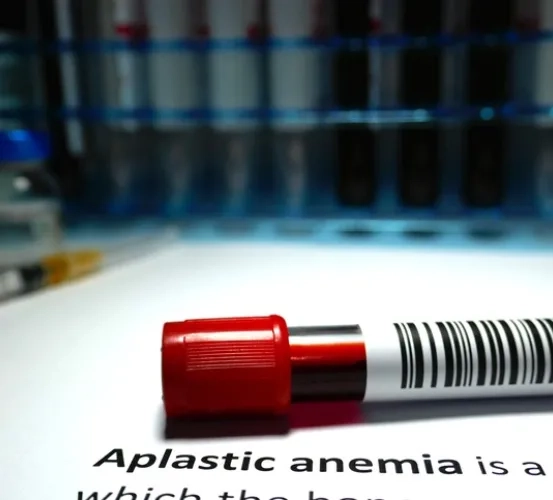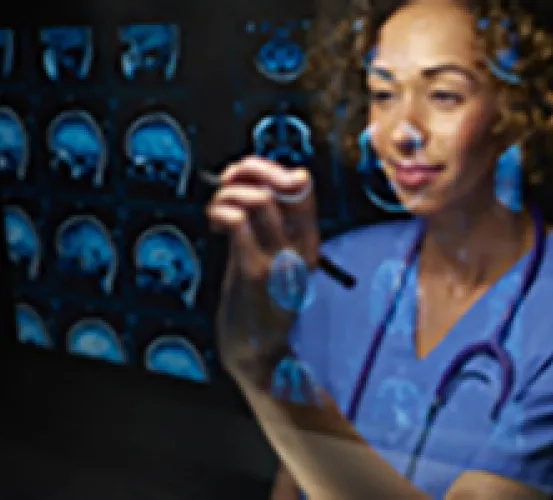
Nicotinic Receptor Genetic Variation and Alcohol Reward

The Pathological Basis of MRI Signal Changes in Multiple Sclerosis: A Longitudinal In Vivo-to-Postmortem Stud

Brain Dopaminergic Signaling in Opioid use Disorders (OUD)

Eltrombopag for People With Fanconi Anemia
Fanconi anemia is a rare genetic disorder that mostly affects children and often leads to bone marrow failure. Researchers at the National Institutes of Health (NIH) are investigating a new drug to improve blood counts in individuals diagnosed with Fanconi anemia. Eltrombopag is an oral drug that mimics a special protein that causes the body to make more platelets. Currently eltrombopag is used to treat low platelet counts in patients with hepatitis C and chronic immune thrombocytopenic purpura (ITP). Researchers are evaluating if this new drug will improve blood cell counts in individuals diagnosed with Fanconi anemia.

Brain Dopaminergic Signaling in Opioid Use Disorders

A Randomized Trial of Sirolimus (Rapamune(R)) for Relapse Prevention in Patients with Severe Aplastic Anemia Responsive to Immunosuppressive Therapy

Phase II Trial of the Immune Checkpoint Inhibitor Nivolumab in Patients with Recurrent Select Rare CNS Cancers
National Cancer Institute (NCI) researchers are conducting a study of patients with rare central nervous system (CNS) tumors. More than 130 primary rare CNS (brain or spine) tumors have been identified. Most affect less than 2,000 people in the United States each year. This study will test whether stimulating the immune system using the drug nivolumab can shrink select rare brain or spine tumors or increase the time it takes for them to grow or spread.


